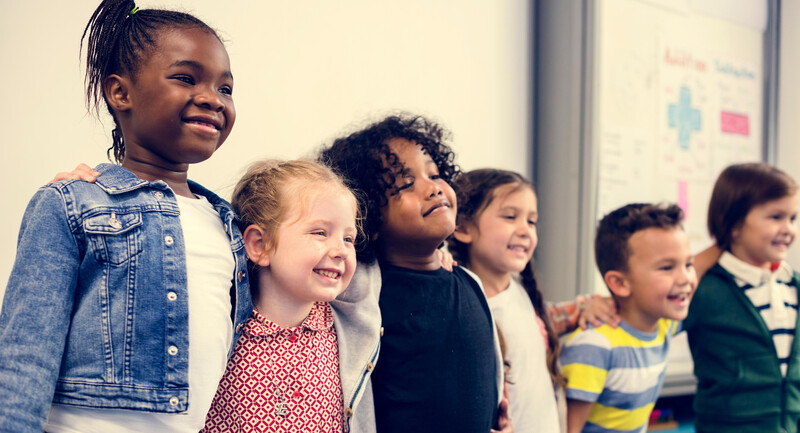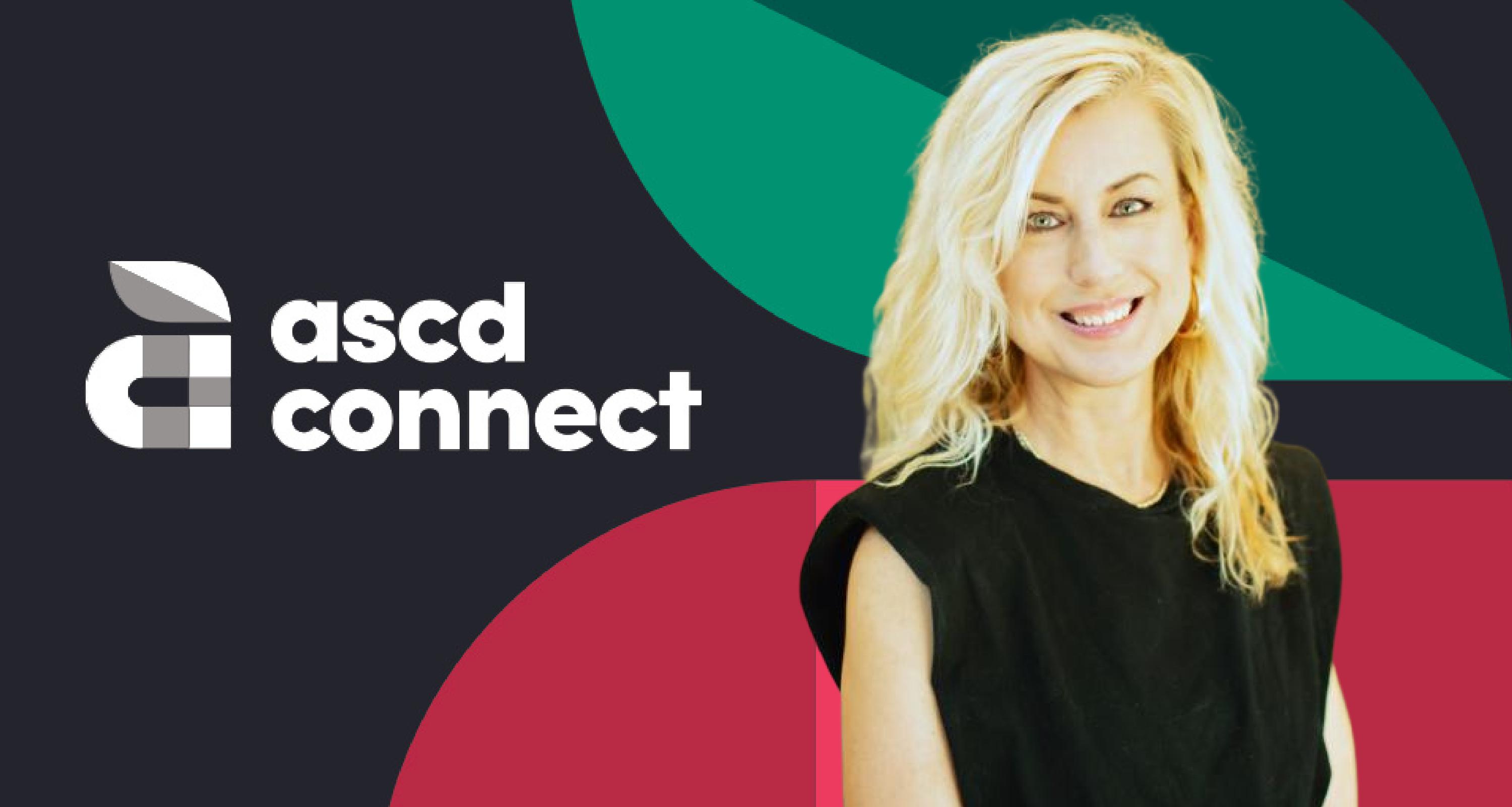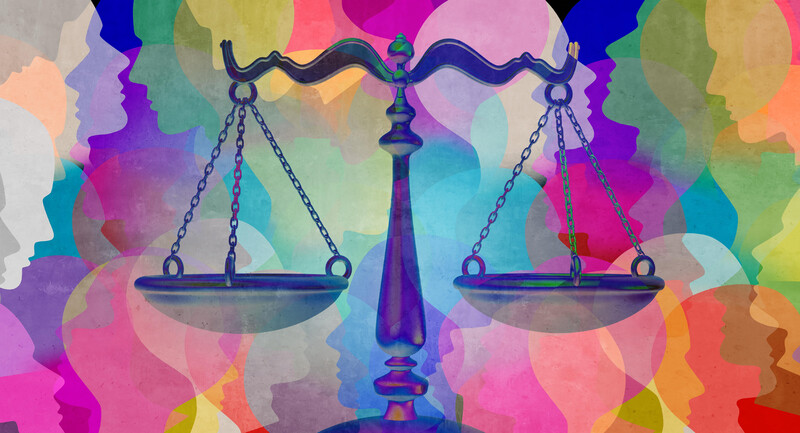Before the mascot changed in 2019, the “Braves” represented my high school for nearly a century. During games and assemblies, a student dressed as a nondescript Indian would rally cheers from the audience. The profile of a flat-foreheaded “brave” with feathers in his hair was displayed on clothing and posters. There was also the “spirit stick”—a wooden pole decorated with feathers, tribal designs, and a three-pronged antler—that a staff member waved to elicit cheers during assemblies.
It wasn’t until I took a course on American Indian literature in college that I realized just how problematic my high school’s mascot was. It seemed obvious after reading about the controversies that collegiate and professional sports teams needed to change their derogatory names and images, and my optimistic college self never would have guessed that this would still be an ongoing debate a decade later. And yet these conversations are once again rising to the forefront and gaining public interest.
The summer after my junior year of college, I got a job with the Native American Student Center working at a summer camp for Native American high school students. I started as a residential mentor, and the following fall, the director of the program hired me as an intern. In the years that I worked with the program, I also took on the role of program coordinator and taught the camp’s English class. Each experience gave me more insight into the students and tribes I worked with.
It was while teaching the English class that I was quite suddenly reminded of the “Braves” at my own high school. My students were working on a project researching issues that their communities or tribes across the nation were facing. One of my students chose to research mascots.
He explained that, for a time, he went to a mostly white school whose mascot was a “Brave.” At assemblies and games, one of his peers would appear as the mascot, eliciting cheers from the audience. He said the students and teachers at the school were welcoming toward him, and he didn’t feel like they were intentionally racist. Yet, while the others were cheering for the mascot, he felt awkward and uncomfortable. They didn’t think they were being disrespectful, but the school’s mascot made him feel self-conscious.
“It just made me feel bad,” he said repeatedly.
To understand the magnitude of a Native American mascot in this kid’s world, we need to look back on history. For centuries, the tribes of North America have faced systematic and intentional decimation inflicted by white colonizers. The indigenous people of this continent have been killed, raped, sterilized, persecuted for practicing their religions and cultures, and forced to relocate to reservations. Official policies like the Indian Removal Act, signed by President Andrew Jackson, are undeniable reminders of the genocide and oppression against native tribes that have been enacted by the U.S. government. Captain Richard Pratt’s call to “Kill the Indian, and Save the Man” inspired compulsory residential boarding schools, where thousands of children were physically, mentally, and sexually abused.
The Native American children of today have inherited a society that is still tormented by generations of persecution. Despite the strength and resilience tribes have shown in working to heal, the reality is that many children grow up in communities where there are high rates of poverty, teen pregnancy, high school dropout, alcohol and drug abuse, sexual and domestic abuse, heart disease, diabetes, depression, and suicide—all manifestations of the violence that has been inflicted on their people for generations.
The young man who chose to research mascots was a dedicated student, the student body president, and a team captain. Whenever there was free time, he could be found dribbling a ball across the blacktop. What you might not guess from meeting him is that his mom left when he was young, he faced domestic abuse as a kid, and he moved around between family members and foster homes. He wanted to play collegiate basketball and become an engineer, but he became a dad as a teen, got in trouble with the law, and didn’t stay in college.
For students like him, a school or sports team mascot that reduces Native Americans’ racial and cultural identities to a white person in an Indian outfit can be more harmful than many people realize. It degrades their self-esteem and sense of identity, becoming yet another trauma they must face. As a public school teacher and a graduate of a high school with a Native American mascot, I am acutely aware that schools are reluctant to drop their mascots due to tradition, cost, and public support. However, knowing that students suffer because of a mascot that white communities refuse to change is downright embarrassing. That a first-world, democratic nation continues to celebrate mascots of the indigenous people it tried to eradicate shows a major lack of decency and social injustice.
It’s not only Native American children who shoulder the consequences of such decisions. Research has shown that when people are exposed to a Native American mascot, they are more likely to stereotype other minority groups. This means that when students are taught that these mascots are acceptable, they are less likely to find it inappropriate when other minority groups are stereotyped, and they are more likely to participate in stereotyping.
What does this mean for schools? For one thing, it is in the best interest of students to adopt mascots that don’t portray a living race as a one-dimensional relic of the past. Schools can also work to erode oppressive stereotypes by including the work of historical and contemporary Native American writers, artists, athletes, activists, scientists, and leaders in the curriculum. Policies like the Dawes Act and historical events like the American Indian Movement, as well as their lasting impacts, should receive honest attention and reflection. Students from my city should learn about the tribes that lived in the region before they were pushed out onto reservations and the important work they are involved in across the state.
For some students, these changes might have a far greater impact than most of us can imagine. For all students, these changes would lead to a greater understanding of the indigenous people who are often viewed as a historic symbol rather than as a living population with a contemporary identity and voice.








